Understanding Sump Pumps in Basements: Key Statistics and Trends for Homeowners in 2023
In 2023, homeowners are increasingly recognizing the importance of effective water management in their basements, leading to a growing interest in sump pumps. These devices are essential for preventing flooding and water damage, making them a critical component of home maintenance. According to John Smith, a leading expert in the sump pump basement industry, “Investing in a high-quality sump pump not only protects your home from water damage but also preserves its value.”
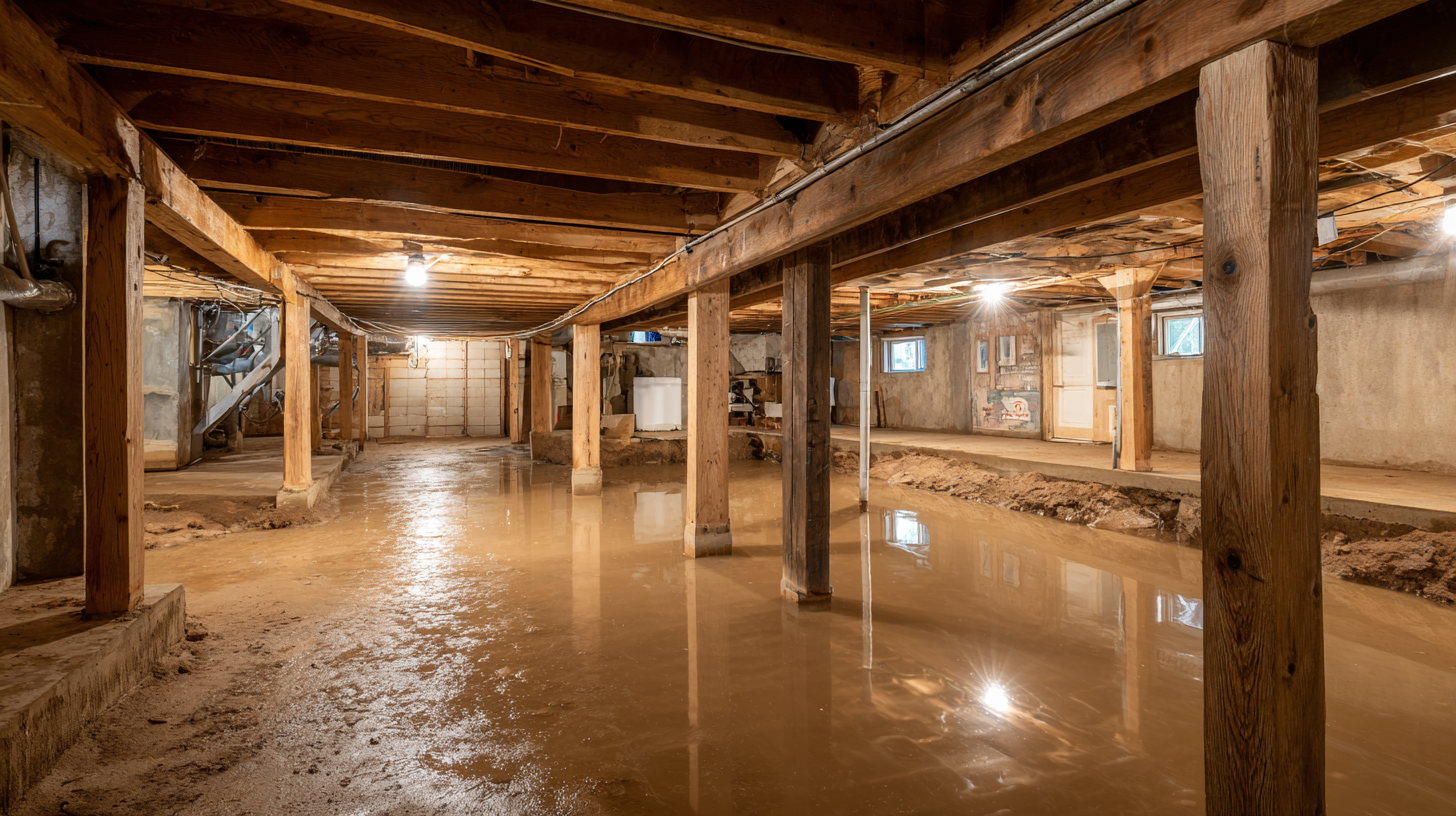
As extreme weather events become more frequent, understanding the functionality and trends surrounding sump pumps is vital for homeowners. With the rising threat of flooding, statistics indicate that nearly 60% of homeowners in flood-prone areas are now equipped with sump pump systems. This shift highlights a significant trend towards preventive measures, pushing homeowners to take proactive steps in safeguarding their basements against water intrusion.
As we delve deeper into the dynamics of sump pump basements, it becomes evident that awareness, education, and timely installation can alleviate potential risks. By examining the latest statistics and trends, homeowners can better equip themselves to make informed decisions, ensuring their basements remain dry and protected.
The Importance of Sump Pumps in Modern Basements
In contemporary homes, particularly those with basements, sump pumps have emerged as essential appliances. These devices play a crucial role in managing groundwater and preventing flooding, safeguarding not only the structural integrity of the foundation but also the health of any stored belongings. As weather patterns become increasingly unpredictable, homeowners are recognizing the importance of having an efficient sump pump system in place. The rise in heavy rainfall and storms has underscored their significance, prompting more people to invest in reliable sump pump solutions.
Moreover, the technology associated with sump pumps has evolved significantly over recent years. Modern sump pumps are equipped with features such as sensors, battery backups, and smart home integration, enhancing their reliability and effectiveness. This advancement ensures that homeowners can monitor their pumps remotely and receive alerts in case of failure.
As trends indicate a growing awareness of basement water management, the demand for sump pumps continues to rise, reflecting their pivotal role in maintaining a safe and dry living environment. Homeowners are now prioritizing these systems, recognizing that prevention is far more cost-effective than dealing with the aftermath of water damage.
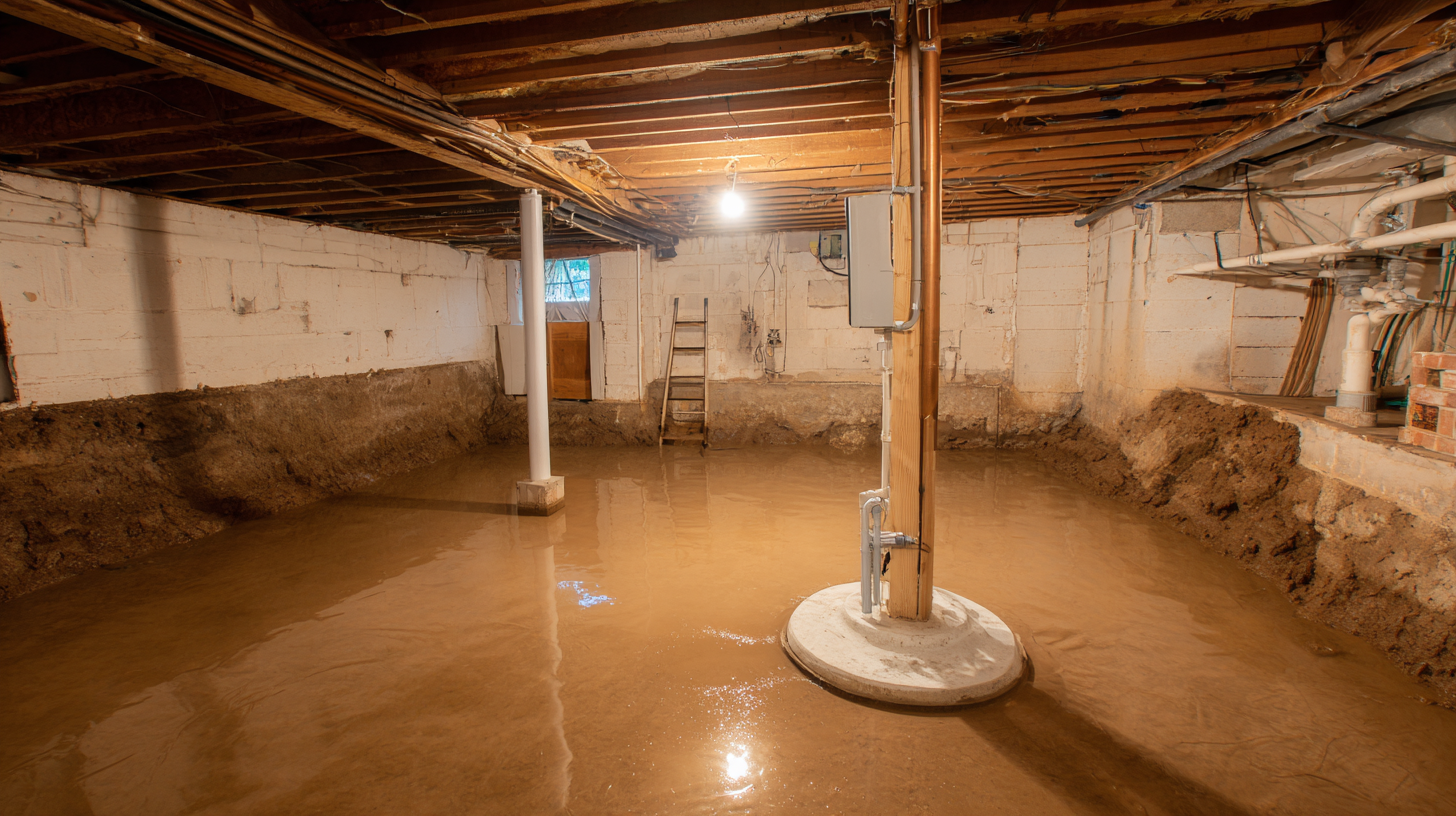
Key Statistics on Sump Pump Usage in Home Flood Prevention
Sump pumps are pivotal in preventing home flooding, especially in North America, where climate change has intensified severe weather patterns. According to industry reports, the North America utility pump market is experiencing significant growth, projected to reach approximately $2.5 billion by 2026. This surge is fueled by the increasing awareness of flood prevention technologies among homeowners. Sump pump usage has become a standard practice to combat water damage, with estimates suggesting that around 60% of homes with basements need these systems to mitigate the risk of water intrusion, particularly during heavy rainfall.
In addition to traditional sump pumps, innovative technologies are emerging to enhance flood prevention. Smart water management devices that alert homeowners to potential leaks can prevent small issues from escalating into major disasters. Recent advancements include water-leak sensors and automated monitoring systems that provide real-time alerts, allowing homeowners to take immediate action. With the unpredictable weather patterns becoming the norm, investing in these technologies not only protects homes but also contributes to an overall strategy against future flooding risks.
Understanding Sump Pumps in Basements: Key Statistics and Trends for Homeowners in 2023
| Statistic | Value |
|---|---|
| Percentage of homes with sump pumps | 15% |
| Annual reduction of flood risk with sump pumps | 60% |
| Average cost of a sump pump installation | $1,200 |
| Percentage of sump pump failures during heavy rainfall | 10% |
| Homeowner satisfaction with sump pumps | 85% |
| Percentage of basements that experienced flooding | 25% |
| Most common reason for sump pump installation | High water table |
| Estimated lifespan of a sump pump | 7-10 years |
Emerging Trends in Sump Pump Technology for 2023
Emerging trends in sump pump technology for 2023 are largely shaped by advancements in automation and connectivity. Homeowners are increasingly leveraging smart sump pumps equipped with Wi-Fi connectivity, allowing them to monitor water levels and pump status remotely via smartphone applications. According to a recent report by the Home Improvement Research Institute, the demand for smart sump pumps has surged by over 30% in the past year, indicating a clear preference for integrated home management systems. These devices not only enhance convenience but also provide real-time alerts, helping prevent basement flooding.
Another significant trend is the development of energy-efficient sump pumps that reduce electricity consumption while maintaining high performance. The U.S. Department of Energy reports that energy-efficient models can decrease energy costs by 20-30% compared to traditional pumps. Additionally, new materials and designs are being implemented to enhance durability and reduce failure rates. As homeowners become more environmentally conscious, the market for eco-friendly sump pumps is expected to expand, with projections suggesting a 25% growth in sales over the next five years. This shift demonstrates a growing awareness of both energy efficiency and the need for reliable flood prevention solutions.
Understanding Sump Pumps in Basements: Key Statistics for Homeowners in 2023
This chart illustrates the percentage of homeowners who reported issues with basement flooding over the past five years, the adoption rate of sump pump technology, and the average costs associated with installation and maintenance. The data highlights emerging trends in sump pump usage and technology in 2023.
Best Practices for Maintaining Your Sump Pump System
Maintaining your sump pump system is crucial for protecting your basement from water damage, particularly in 2023, as rising rainfall intensity has increased the risk of flooding in many regions. According to a report from the American Society of Home Inspectors, approximately 60% of homes experience some form of water intrusion. Regular maintenance can significantly enhance the lifespan of your sump pump, which typically averages between 5 to 7 years. Ensuring that your pump is functioning properly and free from debris can prevent costly repairs down the line.
Best practices for sump pump maintenance include periodic inspections and testing. Homeowners should check the pump's power supply, test the pump by pouring water into the sump basin, and ensure that the discharge line is clear. It's advisable to have your sump pump professionally serviced at least once a year. According to a survey by the National Association of Home Builders, homes with regular sump pump maintenance reported a 40% reduction in flooding incidents, underscoring the importance of proactive care. By adhering to these best practices, homeowners can extend the operational efficiency of their sump pumps and safeguard their properties against water damage.
Cost Considerations and Financial Benefits of Sump Pumps for Homeowners
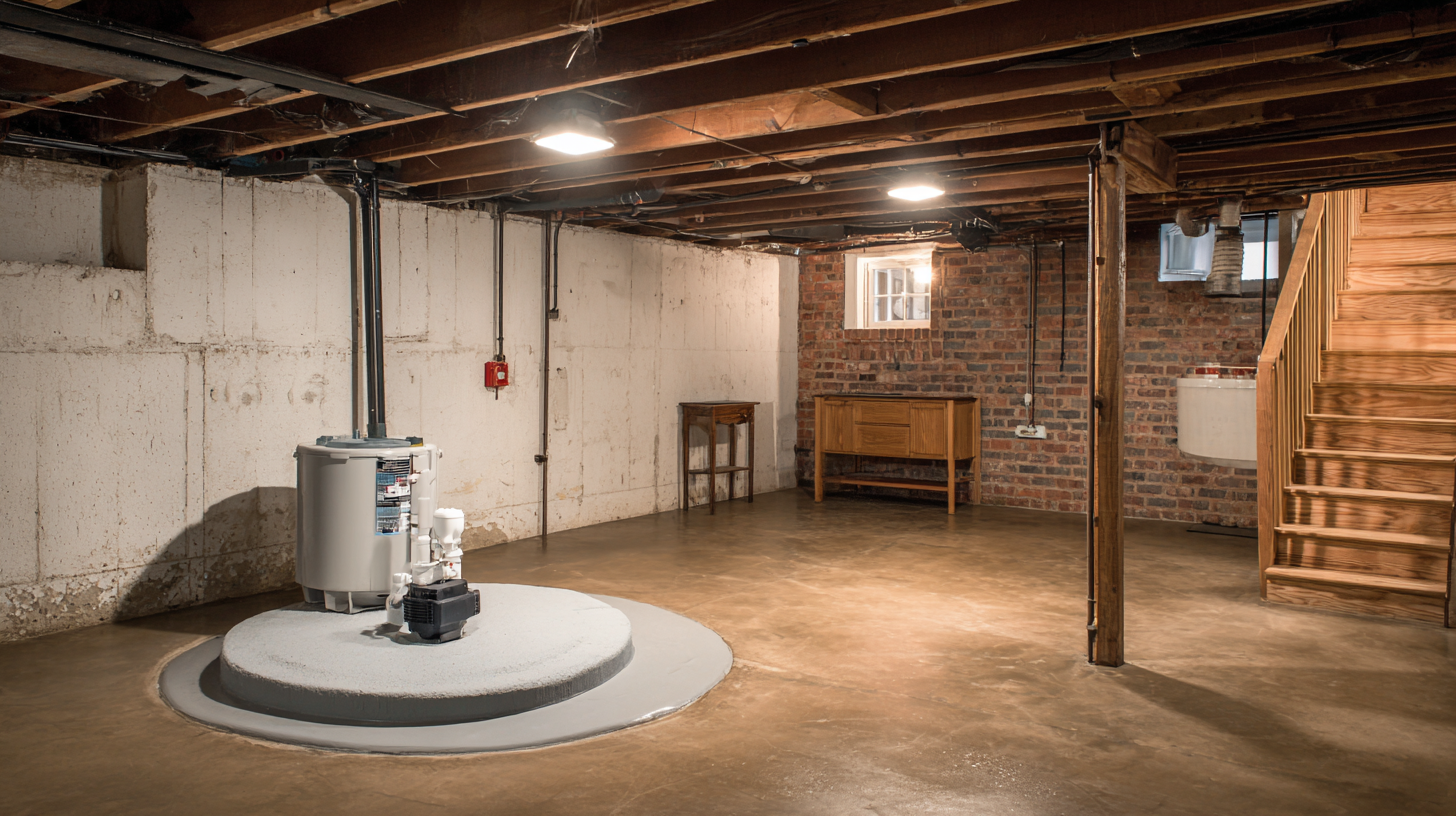 When considering the installation of a sump pump in a basement, homeowners must carefully weigh the cost against the potential financial benefits. The initial investment for a sump pump can range from $1,000 to $3,000, depending on the model and installation complexity. While this upfront expense may seem daunting, the long-term savings can be substantial. A sump pump is a proactive measure that prevents water damage, which can lead to costly repairs. Homeowners can save thousands on potential damage to their foundation, flooring, and personal belongings by investing in a sump pump.
When considering the installation of a sump pump in a basement, homeowners must carefully weigh the cost against the potential financial benefits. The initial investment for a sump pump can range from $1,000 to $3,000, depending on the model and installation complexity. While this upfront expense may seem daunting, the long-term savings can be substantial. A sump pump is a proactive measure that prevents water damage, which can lead to costly repairs. Homeowners can save thousands on potential damage to their foundation, flooring, and personal belongings by investing in a sump pump.
Additionally, sump pumps can enhance property value. Prospective buyers often see a home with a sump pump as a safer investment, as it indicates that the property is protected against flooding. This added layer of security can make a home more attractive on the real estate market. Furthermore, many insurance companies offer discounts on premiums for homes equipped with sump pumps, allowing homeowners to recoup some of their initial costs over time. Ultimately, the financial considerations surrounding the installation of a sump pump reflect more than just an immediate expense—they represent a wise investment in home protection and value.
Related Posts
-

Essential Guide to Choosing the Right Basement Water Pump System for Your Home
-
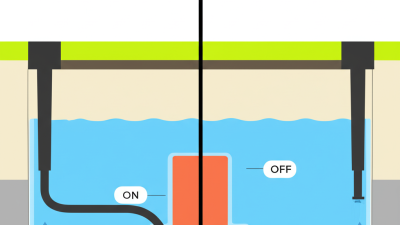
Understanding the Importance of Sump Pump Float Switches for Home Water Management
-
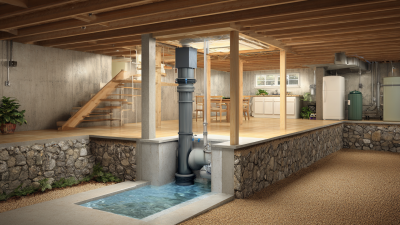
Essential Guide to Choosing the Right Basement Drainage System for Your Home
-
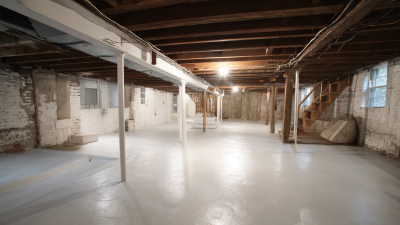
Understanding the Importance of Basement Waterproofing Systems for Home Protection
-
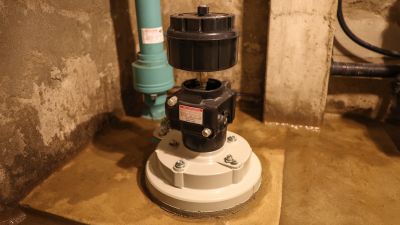
Understanding Sump Pump Check Valves: Essential Maintenance Tips for Optimal Flood Protection
